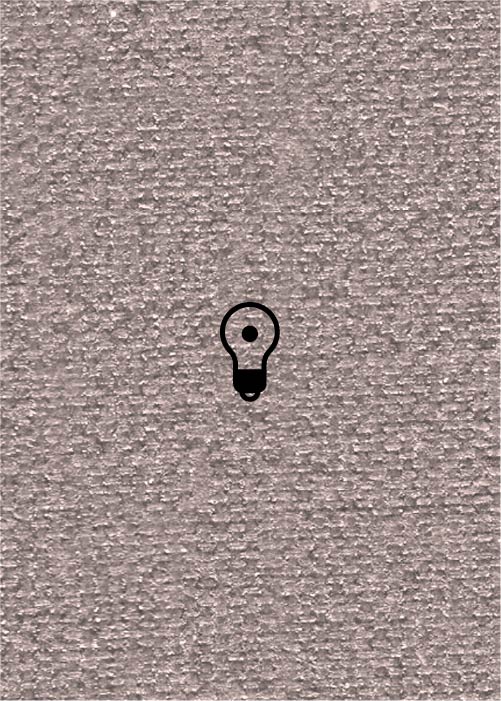(138 results found)

Kozak (LKT)
… and contemporary state of knowledge about klezmer music. Each entry includes a number of citations from … played Jewish tunes in addition to the Ukrainian dance-repertoire. In the same way they brought their … music... It is noteworthy that in both belles lettres and folklore the kozačok is mentioned much more frequently …

Kozatske (LKT)
… and contemporary state of knowledge about klezmer music. Each entry includes a number of citations from … citation, you get the full reference. “In the [Yiddish folksong] Hatskele , a poor aunt asks the musicians to play her a kazatskele (a wedding dance of Russian origin), even though she is poor and cannot …

Kozatshok (LKT)
… and contemporary state of knowledge about klezmer music. Each entry includes a number of citations from … melodies are deliberately adopted as extraethnic. In Jewish folk music we have a certain number of melodies adopted from the Ukrainian (e.g., the very widespread dance tune kozačok ) and a great number of folk songs sung …

Pastukhel (LKT)
… and contemporary state of knowledge about klezmer music. Each entry includes a number of citations from … lost and then found sheep formed the basis for the popular folk song ‘Dos pastekhl’ or ‘a pastekh’ (‘The/A Sheperd’). … then it becomes more dramatic...The concluding part is a dance melody. ‘Dos pastekhl’ is one of the richest and most …

Volekh (LKT)
… and contemporary state of knowledge about klezmer music. Each entry includes a number of citations from … “Vulekhl: Literally, ‘a Wallachian one,’ i.e., a dance or tune in Romanian-Jewish style.” Alpert 1996b, p. 59 … expressing an elegiac mood, in the manner of Wallachian folk music. The hazanim used to sing a Wulach , for example, …

Doyne (LKT)
… and contemporary state of knowledge about klezmer music. Each entry includes a number of citations from … doina (Yiddish: doyne or doyna ), a free-meter Romanian folk instrumental genre often associated with sheperds and … transitional or ‘Orientalized’ repertoire consisted of the dance genres named volekh , hora , sirba , ange , and …

Betlers-tants (LKT)
… and contemporary state of knowledge about klezmer music. Each entry includes a number of citations from … the dancing and even beggars of the town had the right to dance with the bride.” EncyJud 1971, p. 1265 . “After the … After the meal, the bride and groom danced with the poor folk, and distributed coins among them.” [late nineteenth …

Shemele (LKT)
… and contemporary state of knowledge about klezmer music. Each entry includes a number of citations from … also proposes... Later during a mention of the ‘beroyges’ dance and reconciliation, there is a mention of the German … outside of sources found in [Eastern European Jewish] folk song, we have nothing about this style, no definitive …

Semele (LKT)
… and contemporary state of knowledge about klezmer music. Each entry includes a number of citations from … of each citation, you get the full reference. “Sometimes dances are mentioned in the literature for which we have not … were danced in the late nineteenth century. For example, a folk song (Ginzburg-Marek 1901: no. 254) mentions a dance …

Mitsve-tants (LKT)
… and contemporary state of knowledge about klezmer music. Each entry includes a number of citations from … the full reference. “These two khusidlekh [Hasidic-style dance tunes, singular khusid ] were cornerstones of Leon’s … . And this was among a series of dances -- Hassidic, folk-like, led by experts, among them Reb Baruch-Moshe …


